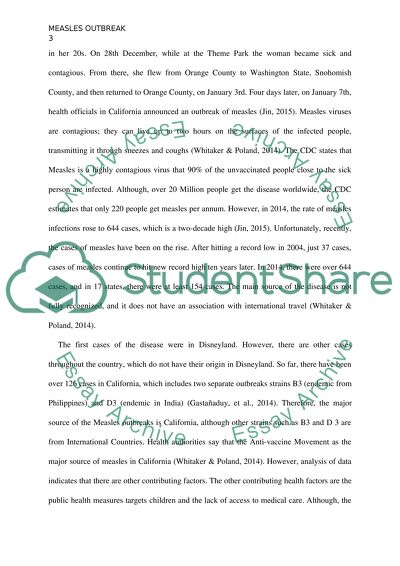Cite this document
(“Measles outbreak Essay Example | Topics and Well Written Essays - 1000 words”, n.d.)
Retrieved de https://studentshare.org/nursing/1680442-measles-outbreak
Retrieved de https://studentshare.org/nursing/1680442-measles-outbreak
(Measles Outbreak Essay Example | Topics and Well Written Essays - 1000 Words)
https://studentshare.org/nursing/1680442-measles-outbreak.
https://studentshare.org/nursing/1680442-measles-outbreak.
“Measles Outbreak Essay Example | Topics and Well Written Essays - 1000 Words”, n.d. https://studentshare.org/nursing/1680442-measles-outbreak.


